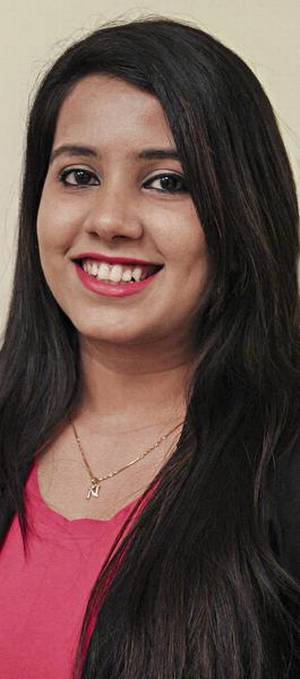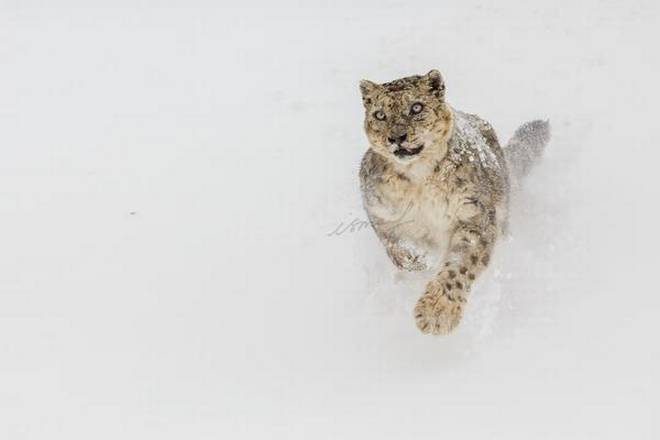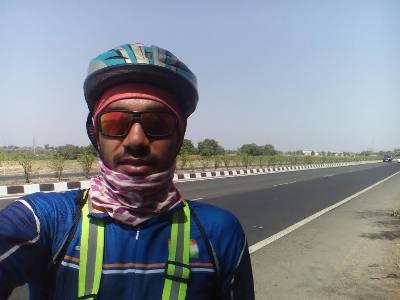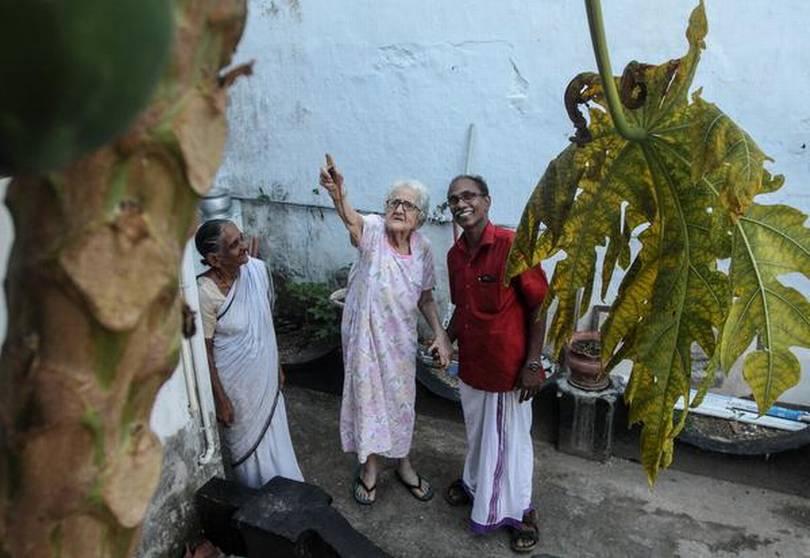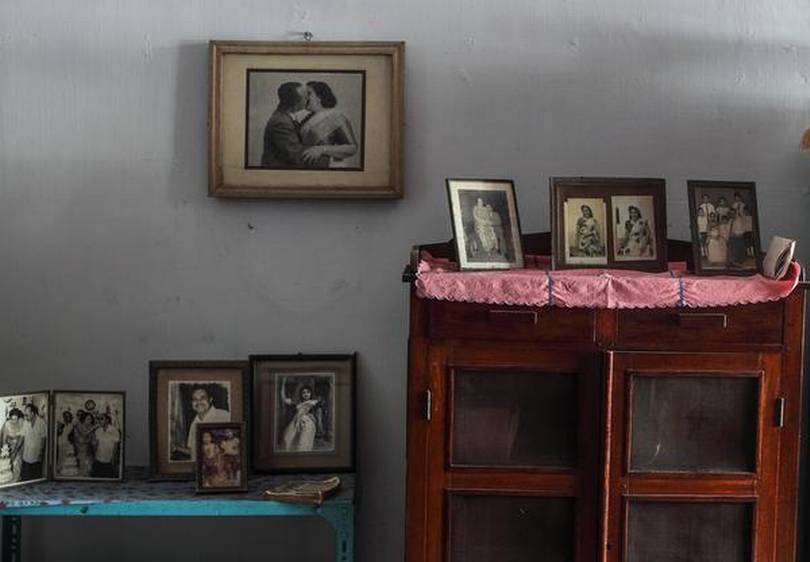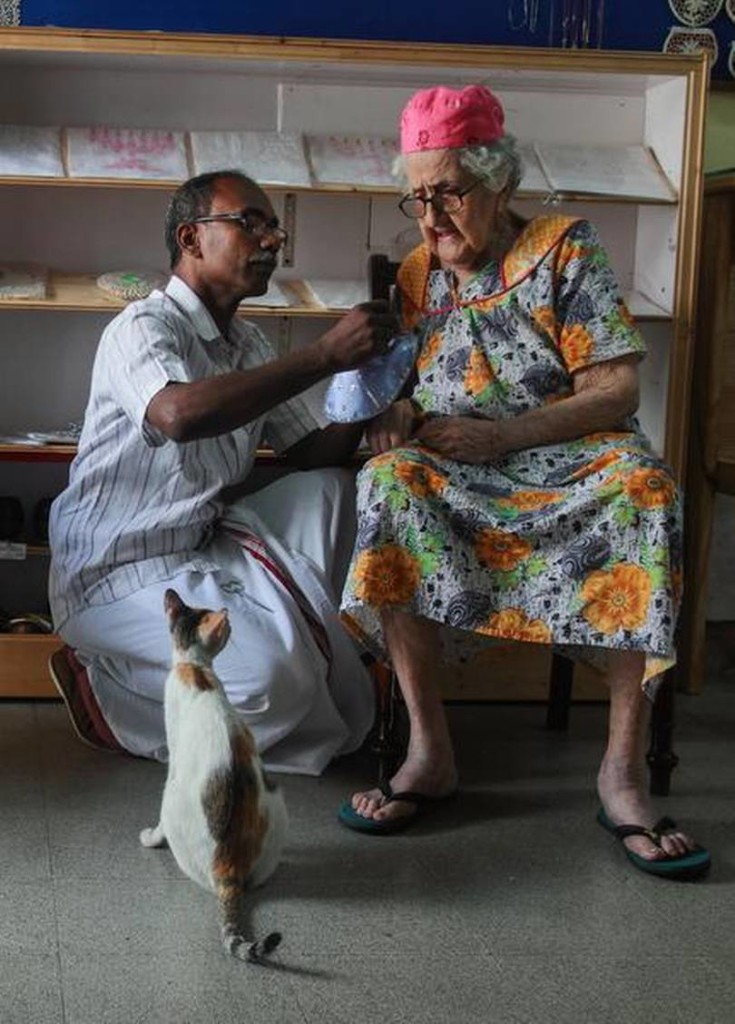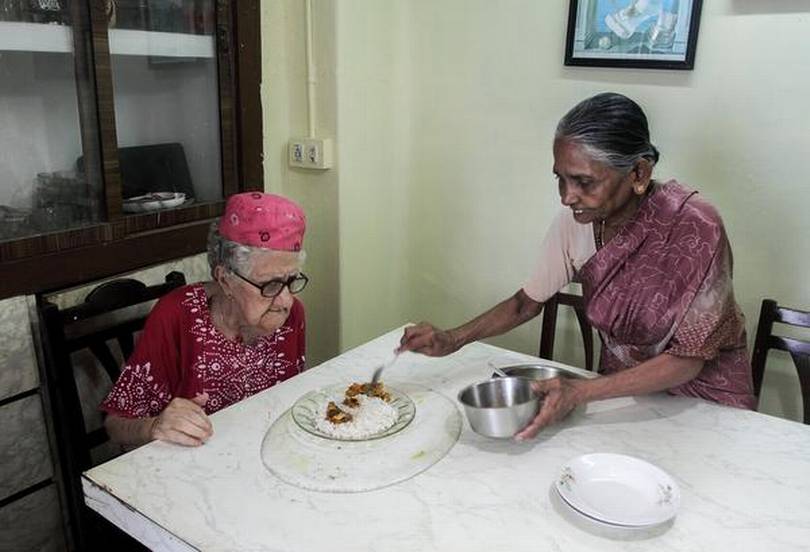Bengaluru, KARNATAKA :
Nishaat Ahamed on quitting her media job to take up bridal and fashion photography
She started studying journalism but all it took was a credit course in college to get her interested in photography.
Already Nishaat Ahamed, proprietor of Glaamour Studio (www.facebook.com/glaamourstudio.in), is carving a niche for herself as a full-time bridal make-up artist and wedding photographer.
Choosing photography and consequently make-up seemed like a seamless career option for the young woman. Once done with college, Nishaat worked at a media firm for about a year. “I soon realised I wasn’t meant for a nine-to-five desk job so I quit and was free for about seven months. During that period, I happened to meet a photographer who was already into wedding and fashion photography. I was intrigued by his work and was inspired to take up photography professionally. Once I joined photography school, I realised the importance of make-up in a fashion shoot. Once I finished my photography course, I enrolled for a professional make-up course and then began taking up work in both fields together.”
Currently, Nishaat offers make-up services for all occasions, takes classes in personal and professional make-up, shoots weddings, takes up couple shoot assignments such as pre wedding/post wedding shoots, portfolio and fashion shoots for models, maternity pictures….
The youngster says, “Honestly, if I was doing a regular desk job, I’d probably have more free time than I do now. But at the end of the day, when the client gives me good feedback, it makes up for everything.”
Nishaat enjoys being her own boss. “I always tell everyone, including my husband, to quit their job and do something on their own. It is way more rewarding, at least mentally, and at some point financially too. It is just a matter of taking that leap of faith.”
Nishaat has had her fair share of challenges. “Every business has its ups and downs. But you learn from your mistakes and try to get better. After so many rounds of trial and error, I seem to have figured things out a bit. The world of make-up and photography is massive and I’ve only just set foot into it.”
Looking ahead, the young entrepreneur says: “I want to learn more and get more certifications from international artists. I want to get certified by Aliya Baig, one of the best make-up artists in India. And I’d also want to get certified by Tamanna Roashan from California. Then I will open my own photography and make-up school.”
I always tell everyone, including my husband, to quit their job and do something on their own. It is way more rewarding, at least mentally, and at some point financially too.
source: http://www.thehindu.com / The Hindu / Home> Features> MetroPlus / by Neeti Sarkar / June 06th, 2017
